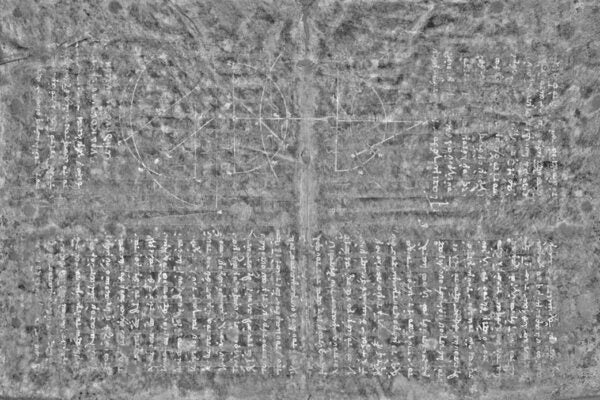Because healthcare settings can be locations where survivors of domestic abuse can be identified, some emergency rooms have begun participating in domestic violence screenings. According to the National Coalition Against Domestic Violence, one in seven women has been injured by an intimate partner; one in twenty-five men has as well. Being the target of repeated and often escalating domestic violence (DV) can lead to both physical injuries and trauma, such that medical practitioners have begun to identify abuse as a chronic condition.
Sociologist Paige L. Sweet explains that medical advocacy programs that have been created to support survivors also come with limitations. First, DV needs to be considered chronic before it becomes visible and “fit[s] adequately into medical model of care.” Second, authority over the definition of DV is handed over to the institution.
“Although positioning domestic violence inside biomedicine surely results in some benefits for victims,” Sweet writes, “the process of medicalization, or the transformation of social problems into medical ones, has also been shown to individualize social problems and amplify biomedical power over people’s lives.”
One effect of the amplification of biomedical power is that access to resources and help is tied to the willingness of medical professionals to provide them. Domestic violence can be life-threatening, yet, even when some signs of it are present, some doctors may be hesitant to seek ways to support the survivors.
“Studies indicate that doctors often associate domestic violence work with ‘opening Pandora’s box’ because it is a problem that lacks a straightforward solution and makes the doctor-patient interaction needlessly difficult,” Sweet explains.
Sweet interviewed twenty-eight advocates who work with DV programs in medical institutions. Most of the programs were directed and funded by outside DV agencies. Her questions revealed that having an official role in a medical environment allowed the advocates to introduce more interventions. The outside advocate thus became an additional voice of authority within the institution.
“Rather than challenging the notion of the expert altogether, domestic violence advocates become another type of expert within biomedicine, allowing them a much-sought-after position inside the diagnostic process,” Sweet explains.
Another effect of the medicalization of abuse, Sweet writes, is that it “calls into question the woman-centered orientation of domestic violence.” In order to legitimize their roles in a medical setting, advocates must degender their intervention programs, moving away from the language and approach of feminist-based advocacy.
“[An] organization’s focus on women is inexplicable in a biomedical setting,” Sweet explains, and “a political commitment to serving women is understood as incommensurate with the gender-neutral work of providing medical care.” Endeavoring to match the approach and language of biomedicine results in a powerful epistemic shift: “the woman-centered and narrative foundations of feminist knowledge are rewritten to be nondiscriminatory, credible…and ‘objective’.”
Weekly Newsletter
Sweet suggests that while much of DV research “has largely overlooked biomedicine as another depoliticizing and marginalizing institution,” her initial study cannot present a full understanding of what medicalization of DV means for victims, “particularly for women of color and queer women, whose bodies have historically been subject to unwanted biomedical interference.” She wonders if “the naturalization of the category of women as victims” could lead healthcare providers to overlook the needs of queer and nonbinary bodies.
“Biomedical institutions may be particularly unsafe places to disclose violence for women who are already structurally marginalized by these systems,” she concludes.
Editor’s note: This article was updated to make a plural verb singular to match the subject of a clause.
Support JSTOR Daily! Join our new membership program on Patreon today.







